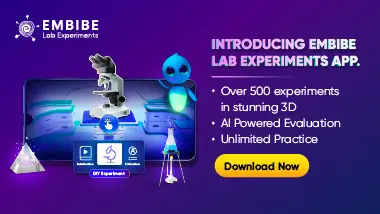A Planaria worm is cut horizontally in the middle into two halves P and Q such that the part P contains the whole head of the worm. Another Planaria worm is cut vertically into two halves R and S in such a way that both the cut pieces R and S contain half head each. Which of the cut pieces of the two Planaria worms could regenerate to form the complete respective worms?

Important Questions on How Do Organisms Reproduce
There are four tiny organisms A, B, C and D. The organism A is a parasitic protozoan which causes a disease known as kala-azar. The organism B is a microscopic single-celled animal which causes malaria disease in human beings. The organism C is a unicellular animal which can change its body shape according to need, it has no fixed shape. The organism D is also a unicellular animal which is slipper-shaped having a large number of tiny hair all around its body.
Name the organisms A, B, C and D.
There are four tiny organisms A, B, C and D. The organism A is a parasitic protozoan which causes a disease known as kala-azar. The organism B is a microscopic single-celled animal which causes malaria disease in human beings. The organism C is a unicellular animal which can change its body shape according to need, it has no fixed shape. The organism D is also a unicellular animal which is slipper-shaped having a large number of tiny hair all around its body.
Name one characteristic body feature of organism A.
There are four tiny organisms A, B, C and D. The organism A is a parasitic protozoan which causes a disease known as kala-azar. The organism B is a microscopic single-celled animal which causes malaria disease in human beings. The organism C is a unicellular animal which can change its body shape according to need, it has no fixed shape. The organism D is also a unicellular animal which is slipper-shaped having a large number of tiny hair all around its body.
Name the insect which carries organism B and transmits it from one person to another.
There are four tiny organisms A, B, C and D. The organism A is a parasitic protozoan which causes a disease known as kala-azar. The organism B is a microscopic single-celled animal which causes malaria disease in human beings. The organism C is a unicellular animal which can change its body shape according to need, it has no fixed shape. The organism D is also a unicellular animal which is slipper-shaped having a large number of tiny hair all around its body.
What name is given to the asexual method of reproduction of (i) organism A, and (ii) organism B?
There are four tiny organisms A, B, C and D. The organism A is a parasitic protozoan which causes a disease known as kala-azar. The organism B is a microscopic single-celled animal which causes malaria disease in human beings. The organism C is a unicellular animal which can change its body shape according to need, it has no fixed shape. The organism D is also a unicellular animal which is slipper-shaped having a large number of tiny hair all around its body.
Where do organisms C and D live?
Two very small organisms X and Y both reproduce by the method of budding. Organism X is industrially very important because it is used in making alcohol from sugar. It is also used in making bread. Organism Y lives in freshwater. If organism Y gets cut into a number of parts accidentally, each cut part can grow to form a complete organism.
What are organisms X and Y?
Two very small organisms X and Y both reproduce by the method of budding. Organism X is industrially very important because it is used in making alcohol from sugar. It is also used in making bread. Organism Y lives in freshwater. If organism Y gets cut into a number of parts accidentally, each cut part can grow to form a complete organism.
What is the name of the process in which X converts sugar into alcohol?
Two very small organisms X and Y both reproduce by the method of budding. Organism X is industrially very important because it is used in making alcohol from sugar. It is also used in making bread. Organism Y lives in freshwater. If organism Y gets cut into a number of parts accidentally, each cut part can grow to form a complete organism.
To which class of organisms does X belong?
